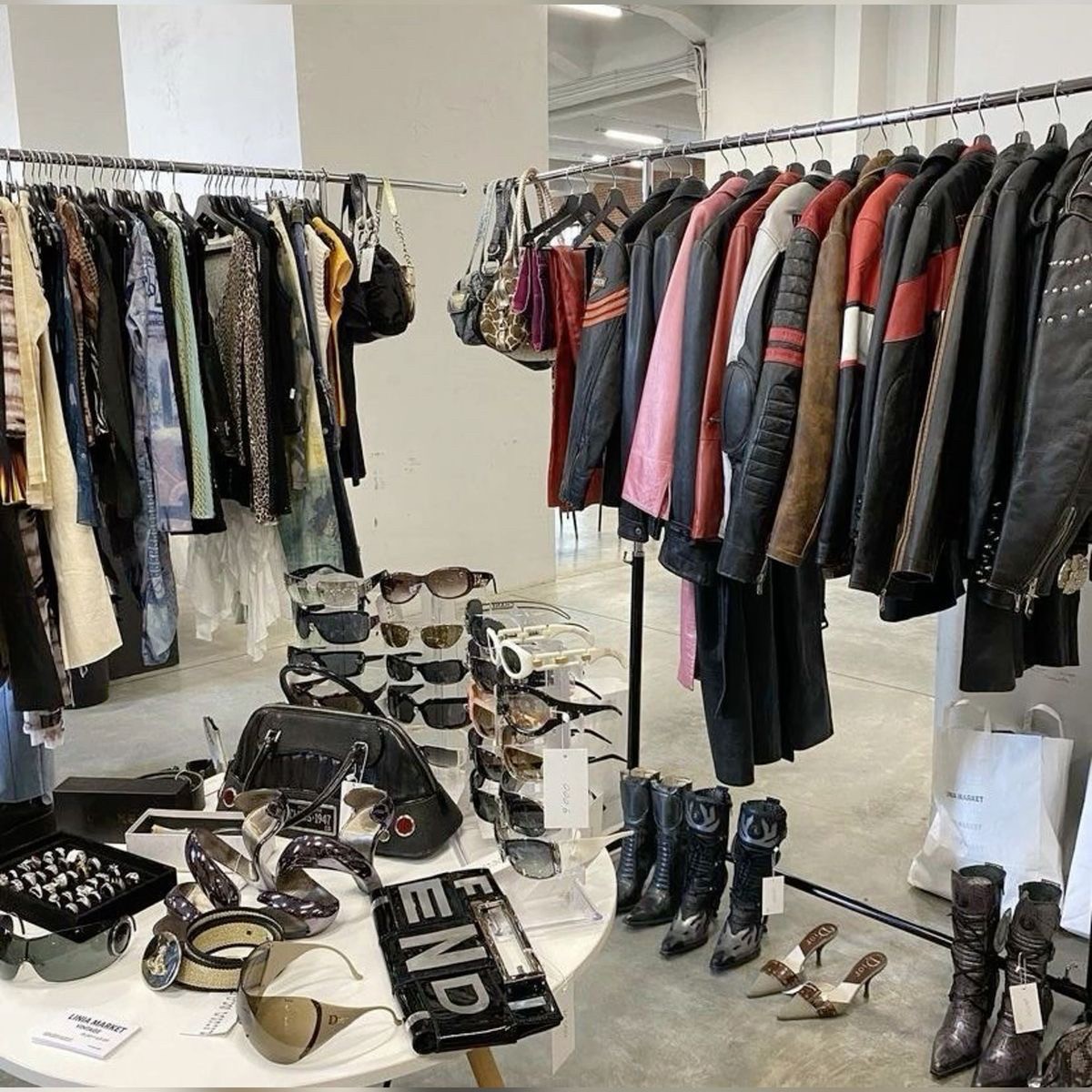There’s already more than enough clothing on Earth and on the floor!
Absolutely — thrifting should become the norm for teenagers, and this article beautifully outlines why. Here’s a breakdown of the key reasons why shopping secondhand can and should be a way of life for teens — not just a trend:
The last few weeks, I have been shown and told every reason why we need some new clothes and how many have become too small. I know and understand what it feels like when trends come in and go away just as fast. With social media at our fingertips and mass advertising that tries to make every person feel like they are missing out, especially children, it makes me sick.
We have all been influenced by those TikTok or Instagram ads that promise a solution to a problem in our lives. It’s so easy to click ‘Buy Now,’ and before you know it, you’ve checked out. There was no opportunity to take the time to review the products, determine where they are made or sourced, and what ethical practices are in place, or if there is any animal abuse.
This powerful fact reveals the environmental urgency behind the fashion crisis. The world doesn’t need more fast fashion — it needs conscious consumers and it starts with children. Thrifting teaches teens early on that the most sustainable outfit is the one that already exists.
If there was a point I was going to prove, then this was it…
During a car ride home, I made my husband stop over at a thrift shop. A place my teen did not recognise until we stepped in. The moment we stepped in, she was shocked at the haul of clothing that was available but, even better, the price tag associated with it.
Instantly, I saw her gravitate towards brands that most teenagers are wearing. She pulled more hangers off the shelf in a space of 5 minutes, and 15 minutes later, I had 14 items strung across my arm, waiting for her to try them on.
Thrifting isn’t just about saving money — it’s about self-discovery. When teens shop secondhand, they aren’t being spoon-fed trends through ads or influencer hauls. They get to explore their creativity and find pieces that fit their personality, not just their size.
She stepped into the changeroom and began to try the ones that fit and the ones that didn’t. Overall, 10 items were chosen.
Thrifting helps teens break free from impulse shopping and the pressure of always needing something new. It replaces that dopamine hit from “add to cart” with the joy of discovery and thoughtful purchasing.
Buying secondhand helps teens stretch their money while learning the value of quality over quantity. One $50 fast fashion haul can easily become four unique outfits from a thrift store and that’s what it was, we found items priced from $6.00 to $15.00. with actual tags still attached.
Bonus: they’re learning to spend mindfully — a habit that will serve them far beyond their closets.
The task of getting her to the shop was easy, but the explanation of why I chose not to spend the original price on clothing she only wanted because her friends had it was a nightmare.
There was no way I could show her this or make her feel this without her experiencing the consumerism habits in a shop.
Funny how often we end up feeling better when we opt out of capitalist consumeristic habits.”
There’s a confidence boost that comes from rejecting harmful systems and doing things differently. Teens gain a sense of empowerment and independence by making conscious choices, and they get to have fun doing it.
On her birthday this year, I asked her what she wanted to do, and it was simply suggested that we could go shopping and have dinner. I suggested a thrift store shopping spree. We could go to a few places, and girls had the opportunity to choose their clothes (modest, as I’m aware not all parents would allow those types of clothing they make for teens these days.)
“Shopping this way reintroduced an element of spontaneity to styling myself.”
Thrifting invites experimentation. Teens can play with silhouettes, patterns, and eras — all without fear of waste or overspending. Every thrift trip becomes a mini adventure, not just a transaction.

Thrift stores are often local gems. They’re places to connect, build relationships, and even give back. Unlike big-box stores or online retailers, these spaces foster a community — a powerful antidote to today’s isolation-driven shopping culture.
While spending 2 hours, we managed to understand how thrift stores operate, how they process items, and how they choose what to sell and what not to sell. We also learned how thrift stores determine the prices of their items. Now, some aisles are in demand, a sale rack, must-haves, denim on denim, and shoes for every occasion.
With 100 billion new garments produced every year, 92 billion tonnes of textile waste hitting landfills annually, and hotter-than-ever global temperatures fuelled by industrialization, shopping secondhand is at this point necessary.
Canada alone produces approximately 500 million kilograms (1.1 billion pounds) of textile waste annually. The U.S. is north of 34 billion pounds. We need to encourage more people to engage in secondhand shopping, rather than deter them with fear-mongering.
From fabric quality to timeless design to functionality, secondhand shopping trains teens to notice what makes a garment worth keeping. It’s the opposite of throwaway fashion, creating a foundation for a sustainable, long-term wardrobe.
“I can’t wear someone else’s clothes, yuck” is often the feeling described when you mention thrift stores. But all clothes, new or worn, can carry germs — but so can brand-new clothing. New clothes may have been tried on in the dressing room, and bacteria can latch onto clothing.
In fact, microbes like Staphylococcus aureus, E. coli, Streptococcus, and Candida albicans aren’t exclusive to pre-loved pieces only.
They can be transferred to fabric through skin contact, whether from someone who previously wore the item or from shoppers trying on new clothes in-store.
The truth is, germs don’t care if it’s thrifted or freshly tagged — either way, a good wash before wearing is always smart.
No clothing is truly “clean” when you buy it — not even brand new.
Let’s look at what research says about new clothes fresh off the rack.
Back in 2018, NYU microbiology professor Philip Tierno examined new garments and found a surprising amount of bacteria and pathogens — all left behind by people trying them on in fitting rooms. And it’s not just a handful of shoppers.
“It’s not four or five or six people; it’s dozens and dozens… if that garment sits there for weeks or a month,” he told HuffPost.
When this topic came up on social media, former retail workers chimed in with some unsettling experiences: stains, insects, rodents, and mysterious substances found on supposedly “new” items. One garment manufacturer even commented that if people saw how clothing was handled in factories, “you would indeed want to wash it before wearing.”
Bottom Line?
Thrifting isn’t just a trendy or eco-friendly habit — it’s a mindset. For teenagers navigating identity, budgets, and peer pressure, secondhand shopping offers a stylish and sustainable path. It’s an act of rebellion against overconsumption and a celebration of individuality, creativity, and conscious living.





